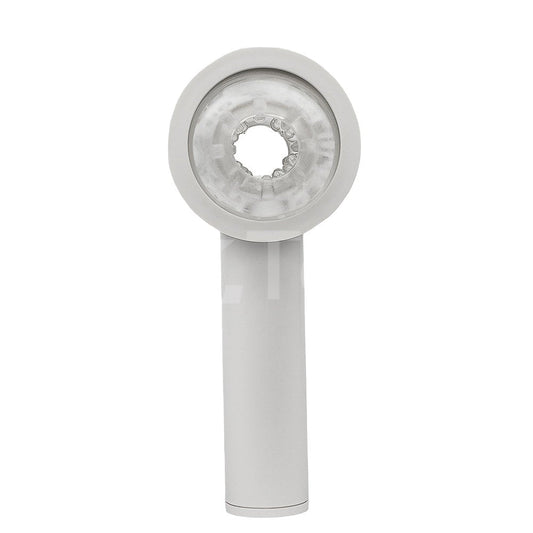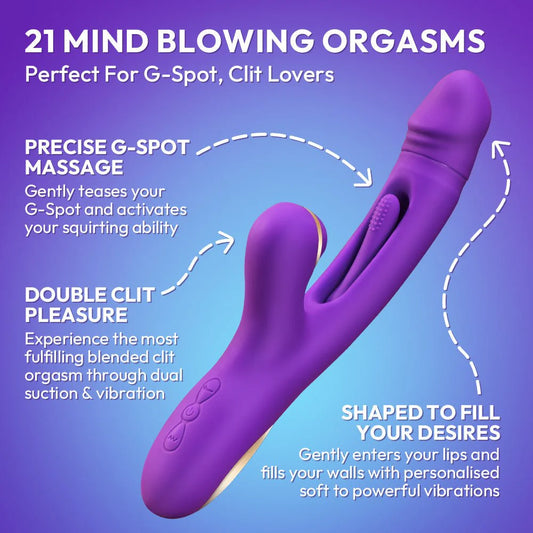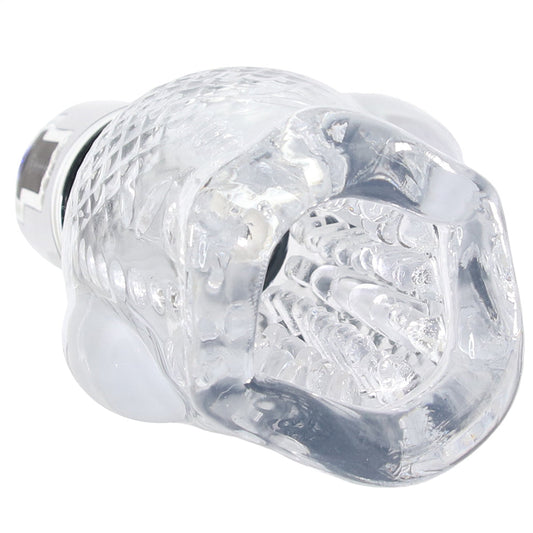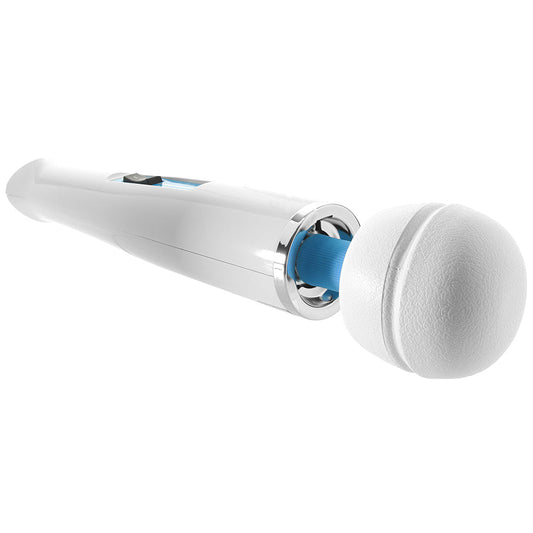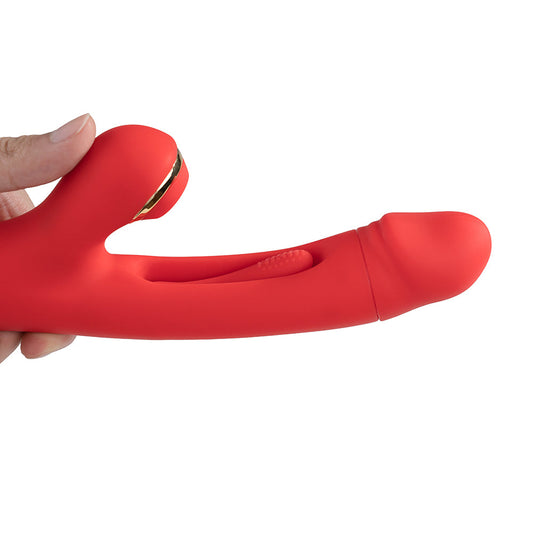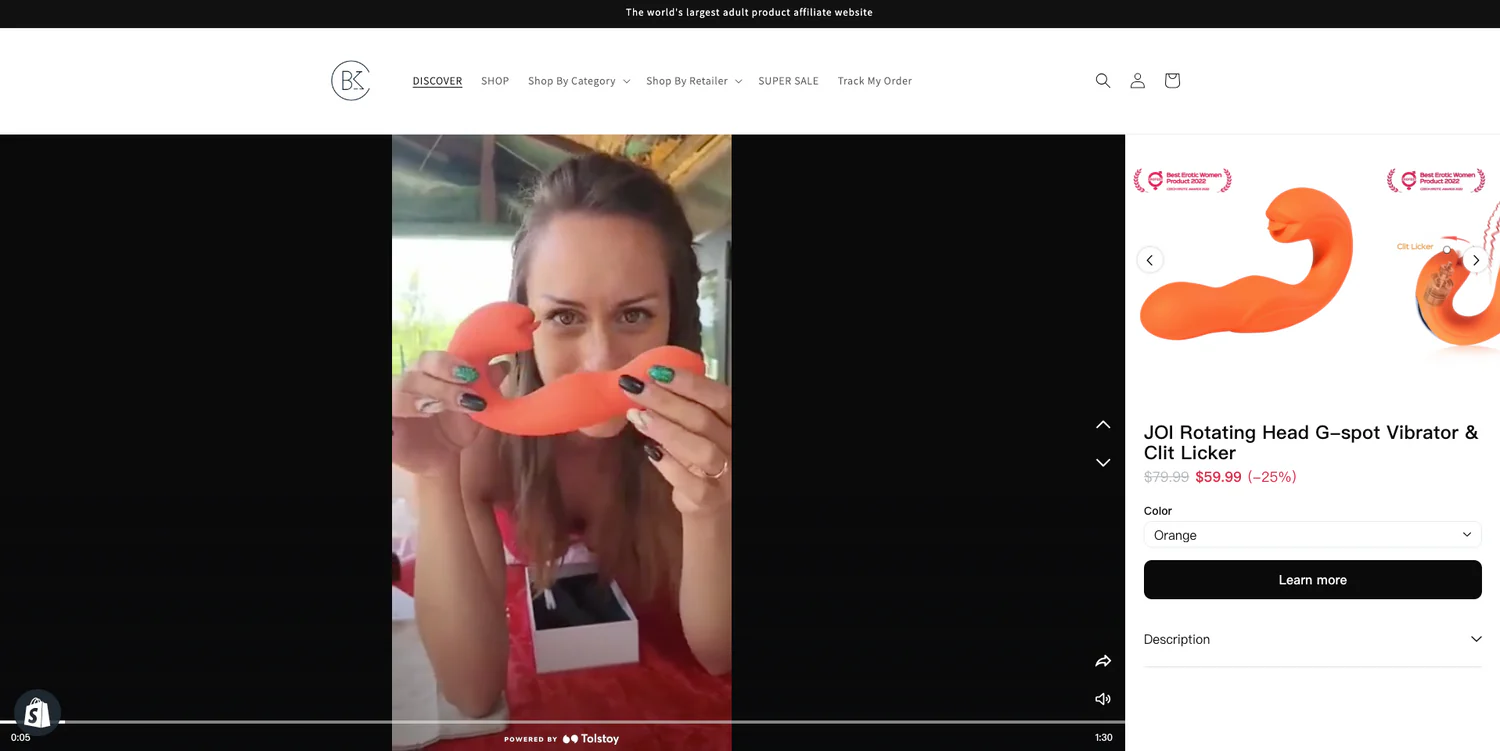By guest expert Jane Silverstein
Yes, there really could be “too much of a good thing.” If you have experienced a “mismatch of size,” which ended in sexual pain or discomfort, you are not alone. This situation is much more common than you might think. Luckily, there are several things you can do on your own to make penetrative sex more comfortable.
The most important aspect of dealing with this issue is to have open and honest communication. This can be an embarrassing conversation for both parties if it is not addressed with sensitivity and compassion. It is important to be non-judgmental and caring. Always avoid placing blame on either party. It is helpful to remember that everyone’s body is different. Your partner may not even be aware of your discomfort. What is an issue for one person, may not be for another. Supportive, honest, and caring communication is key!
Many couples dealing with size incompatibility have found that changing sexual positions can make a big difference. Switching up who is on top can help to control the depth of penetration and the intensity during intercourse. You might want to experiment with new positions. If you are at a loss for ideas, there are plenty of books available on this subject. Pillows may also help you change the position and angle of penetration which may also alleviate sexual pain with intercourse, also known as dyspareunia.
The use of sexual lubricants may also be helpful. Lubricants make penetration more comfortable by reducing friction. Avoid using lubricants that claim to “tingle and warm,” as they may be irritating. It is very important to use a high-quality lubricant that has a PH level and osmolality level close to that of vaginal tissue. Check out the lubricants study done by the World Health Organization. When choosing a lubricant, be mindful if it is water-based, silicone, or a hybrid of the two. If you are using silicone toys with your love sessions, you should never use a lubricant with silicone in it, as it will affect the integrity of the silicone. If this is not the case, you may want to try a silicone or hybrid brand, as they typically last longer and potentially don’t need reapplication as often.
In the past 20 years, the field of Women’s Sexual Health has really gained traction, and that has resulted in more tools to help address this problem. Two of the helpful tools you might want to try are progressively sized silicone vaginal dilators and “collision rings” or “bumpers.”
Vaginal dilators are phallic-shaped devices that are made of a medical-grade silicone product that resembles body tissue. They are anatomically correct and come in pastel colors. Silicone vaginal dilators are used to help train the vaginal and pelvic muscles to relax and thus stretch. They are sized starting very small (think the size of a woman’s pinky finger) and gradually move up to the size of a very large male penis. The therapeutic use of these larger sizes can help a woman’s vagina relax so it can stretch, thereby allowing her to accommodate the size of her partner without pain or discomfort.
Another relatively new tool that has been very well received by specialists in this field is a “collision ring” or “bumper.” These rings (think donut shape) are also made of stretchy silicone-type material. The connecting rings are worn by the penetrating partner and help control the depth of penetration, thereby reducing the potential for discomfort. More or fewer rings can be added or removed. Using this donut-shaped tool may also help a couple relax more during sexual intercourse. If you have tried all of the above suggestions and find that you and your partner are still in a cycle of painful sex, then it is definitely time to see your doctor or healthcare provider. Your medical team will want to evaluate any underlying medical conditions. Depending on your age and medical history, they may want to rule out vaginismus, endometriosis, congenital anomalies, pelvic inflammatory disease, and hormonal changes either from perimenopause, menopause, or childbirth.
Your medical provider may also suggest seeing a pelvic floor physical therapist. These licensed physical therapists have taken advanced training in treating pelvic floor and sexual pain disorders. Another specialist that might be helpful is a sex therapist. Scheduling either a couples’ or individual appointment with a sex therapist may help with communication issues as well as physical challenges.
Addressing this issue and the varied treatment options with your partner in a caring and loving space is a great start on your journey to a more enjoyable sexual relationship. Too much of a good thing is many times just a good thing.



